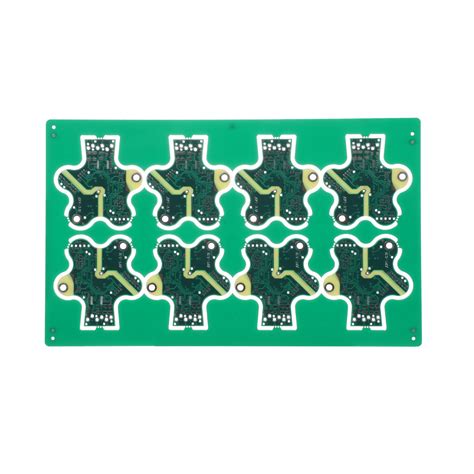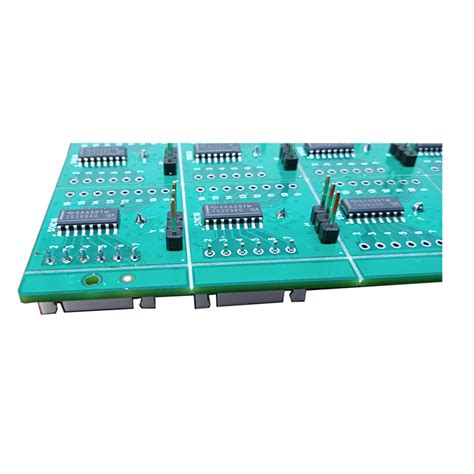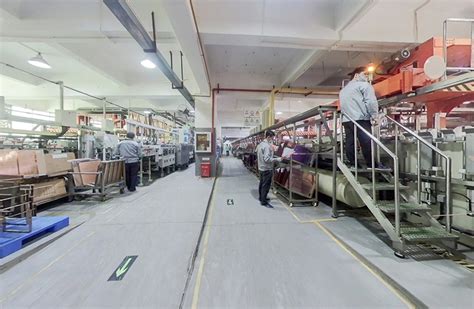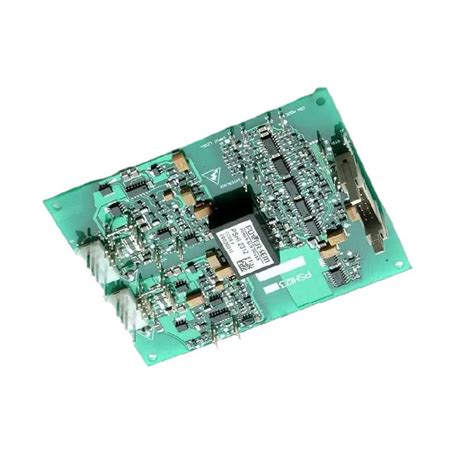PCB Heater Design: Principles, Applications, and Considerations
Introduction
Printed Circuit Board (PCB) heaters are a specialized type of heater that leverages the inherent properties of PCBs to generate heat. These heaters are increasingly popular in various industries due to their compact design, precise temperature control, and ability to be integrated into complex systems. This article delves into the principles of PCB heater design, their applications, and the key considerations that engineers must take into account when developing these devices.
Principles of PCB Heater Design
1. Basic Concept
PCB heaters operate on the principle of resistive heating, where electrical energy is converted into thermal energy as current passes through a resistive material. In a PCB heater, the resistive material is typically a thin layer of copper or another conductive material etched into the PCB. When an electric current flows through these traces, they heat up due to their electrical resistance.
2. Material Selection
The choice of materials is critical in PCB heater design. The substrate, conductive traces, and insulating layers must all be selected based on the intended application and operating conditions.
- Substrate Material: Common substrate materials include FR-4, polyimide, and ceramic. FR-4 is widely used due to its cost-effectiveness and good thermal properties. Polyimide is preferred for flexible heaters, while ceramic substrates are used in high-temperature applications.
- Conductive Traces: Copper is the most commonly used material for the conductive traces due to its excellent electrical conductivity and thermal properties. However, other materials like nickel or alloys may be used for specific applications requiring higher resistance or better corrosion resistance.
- Insulating Layers: Insulating layers are essential to prevent electrical shorts and to ensure that heat is directed towards the desired area. Materials like solder mask, polyimide, or ceramic coatings are often used.
3. Trace Design
The design of the conductive traces is a crucial aspect of PCB heater design. The width, thickness, and pattern of the traces determine the heater’s resistance, power output, and heat distribution.
- Trace Width and Thickness: Wider and thicker traces have lower resistance and can carry more current, resulting in higher heat output. However, they also require more space and may increase the overall size of the heater.
- Trace Pattern: The pattern of the traces affects the uniformity of heat distribution. Common patterns include serpentine, spiral, and interdigitated designs. The choice of pattern depends on the required heat distribution and the available space on the PCB.
4. Thermal Management
Effective thermal management is essential to ensure that the PCB heater operates efficiently and safely. This involves:
- Heat Dissipation: Proper heat dissipation is necessary to prevent overheating and damage to the PCB. This can be achieved through the use of thermal vias, heat sinks, or by integrating the heater into a larger thermal management system.
- Temperature Sensing and Control: Accurate temperature control is critical for many applications. This can be achieved by integrating temperature sensors (e.g., thermocouples or RTDs) into the PCB and using a feedback control system to regulate the current flow.

Applications of PCB Heaters
PCB heaters are used in a wide range of applications across various industries. Some of the most common applications include:
1. Medical Devices
In the medical field, PCB heaters are used in devices such as blood analyzers, PCR machines, and incubators. These heaters provide precise temperature control, which is essential for the accurate functioning of these devices.
2. Aerospace
In aerospace applications, PCB heaters are used for de-icing systems, temperature control in avionics, and thermal management in satellites. The lightweight and compact design of PCB heaters make them ideal for these applications.
3. Consumer Electronics
PCB heaters are used in various consumer electronics, including 3D printers, coffee makers, and heated clothing. In these applications, the heaters provide localized heating and are often integrated into the device’s control system.
4. Industrial Equipment
In industrial settings, PCB heaters are used in processes that require precise temperature control, such as plastic molding, food processing, and chemical reactors. The ability to integrate these heaters into complex systems makes them highly versatile.
5. Automotive
In the automotive industry, PCB heaters are used in applications such as seat heaters, defrosting systems, and battery thermal management in electric vehicles. The durability and reliability of PCB heaters make them suitable for the harsh conditions encountered in automotive environments.

Key Considerations in PCB Heater Design
1. Power Requirements
The power requirements of the heater must be carefully calculated based on the desired temperature rise, the thermal mass of the system, and the heat loss to the environment. This will determine the necessary current and voltage, which in turn influence the trace design and material selection.
2. Thermal Uniformity
Achieving uniform heat distribution is often a key requirement in PCB heater design. This can be challenging, especially in complex geometries or when heating large areas. Careful design of the trace pattern and the use of thermal vias can help achieve the desired uniformity.
3. Mechanical Constraints
The mechanical constraints of the application, such as space limitations, flexibility requirements, and environmental conditions, must be considered during the design process. For example, flexible PCB heaters may be required for applications where the heater needs to conform to a curved surface.
4. Electrical Safety
Electrical safety is a critical consideration, especially in applications where the heater is in close proximity to users or sensitive equipment. Proper insulation, grounding, and the use of safety features such as fuses or thermal cutoffs are essential to prevent electrical hazards.
5. Environmental Factors
The operating environment can have a significant impact on the performance and longevity of a PCB heater. Factors such as humidity, temperature extremes, and exposure to chemicals must be considered when selecting materials and designing the heater.
6. Manufacturing Considerations
The manufacturing process for PCB heaters involves several steps, including etching, lamination, and soldering. The design must take into account the capabilities and limitations of the manufacturing process to ensure that the heater can be produced reliably and cost-effectively.
Conclusion
PCB heater design is a complex and multidisciplinary field that requires a deep understanding of electrical engineering, materials science, and thermal management. By carefully considering the principles, applications, and key design considerations outlined in this article, engineers can develop PCB heaters that meet the specific requirements of their intended applications. As technology continues to advance, the use of PCB heaters is likely to expand into new and innovative applications, further driving the need for sophisticated design techniques and materials.







